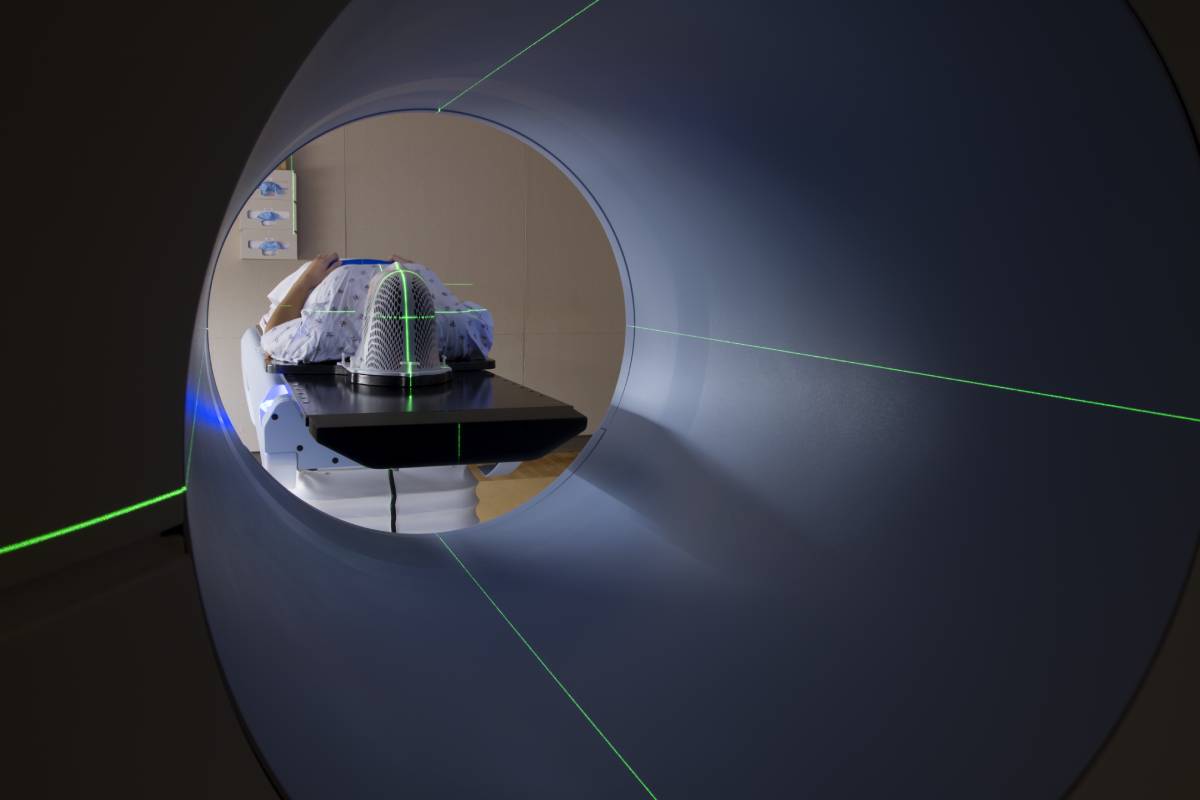Cancer Treatment: Modalities and Side Effects

The types of treatment that cancer patients can receive vary based on several factors, including the stage and type of their cancer, their general health, and their preferences.1 The categories include chemotherapy, hormone therapy, immunotherapy, radiation therapy, and surgery,2 and each of these treatments can be administered as a primary, adjuvant, or palliative treatment.1
Chemotherapy uses drugs to stop or slow the growth of cancer cells. It is frequently paired with other types of cancer therapies; for instance, it may be used to reduce the size of a tumor before surgery or radiation therapy, or to destroy cancer cells remaining after these procedures.3 Because chemotherapy targets cells which grow and divide quickly,3 it often also damages the quickly growing and dividing cells in the gastrointestinal tract and in hair follicles, which can result in side effects such as nausea, diarrhea, mouth sores, loss of appetite, fatigue, and hair loss.4
Hormone therapy, also known as endocrine therapy, is a treatment that either blocks the body’s ability to produce hormones or interferes with the hormones’ functions in the body to stem the growth of cancers that rely on hormones to grow, such as some breast and prostate cancers. Like chemotherapy, hormone therapy is often used as a neo-adjuvant or adjuvant therapy alongside radiation therapy and/or surgery. Because of the nature of hormone therapy, the side effects of the therapy will depend on what regimen a patient receives and can differ from person to person. Some common side effects include hot flashes, nausea, fatigue, and loss of interest in sex.5
Immunotherapy is a type of biological therapy that assists the immune system in finding and destroying cancer cells. Types of immunotherapy include immune checkpoint inhibitors, T-cell transfer therapy, monoclonal antibodies, treatment vaccines, and immune system modulators, all of which serve to enhance the immune system’s ability to respond to cancer.6 This upregulation of immune system activity can, however, result in side effects resulting from autoimmunity, such as pain, swelling, soreness, and rash, as well as flu-like symptoms such as fever, chills, fatigue, headache, vomiting, and muscle or joint aches.7
Radiation therapy is a cancer treatment that uses high doses of radiation to reduce the size of tumors. This radiation kills cancer cells by damaging their DNA beyond repair. The two main types of radiation therapy are external beam (in which a machine aims radiation toward the patient’s tumor) and internal (in which a source of radiation is placed inside the patient’s body), and the type of radiation therapy used depends on factors such as the type of cancer, size and location of the tumor, and the general health and medical history of the patient.8 Side effects of radiation therapy depends on the part of the body being treated, though fatigue and hair loss tend to be common regardless of the treatment area.9
Finally, surgery, when used to treat cancer, involves a procedure in which a cancer is surgically removed from the body. Variations of surgical cancer treatment include cryosurgery, laser therapies, hyperthermia, and photodynamic therapy. Depending on the purpose of the surgery, the part of the body requiring surgery, and the amount of tissue that must be removed, surgeons may opt to perform open surgery (in which one large cut is used to remove the tumor) or minimally invasive surgery (in which a few small cuts are made rather than one large one and a laparoscope and special surgical tools are used to remove the tumor). Potential risks of surgery include postoperative pain or infection.
References
(1) Cancer treatment – Mayo Clinic https://www.mayoclinic.org/tests-procedures/cancer-treatment/about/pac-20393344.
(2) Types of Cancer Treatment – National Cancer Institute https://www.cancer.gov/about-cancer/treatment/types.
(3) Chemotherapy to Treat Cancer – National Cancer Institute https://www.cancer.gov/about-cancer/treatment/types/chemotherapy.
(4) Chemotherapy – Mayo Clinic https://www.mayoclinic.org/tests-procedures/chemotherapy/about/pac-20385033.
(5) Hormone Therapy for Cancer – National Cancer Institute https://www.cancer.gov/about-cancer/treatment/types/hormone-therapy.
(6) Immunotherapy for Cancer – National Cancer Institute https://www.cancer.gov/about-cancer/treatment/types/immunotherapy.
(7) Side Effects of Immunotherapy – National Cancer Institute https://www.cancer.gov/about-cancer/treatment/types/immunotherapy/side-effects.
(8) Radiation Therapy for Cancer – National Cancer Institute https://www.cancer.gov/about-cancer/treatment/types/radiation-therapy.
(9) Radiation Therapy Side Effects – National Cancer Institute https://www.cancer.gov/about-cancer/treatment/types/radiation-therapy/side-effects.
